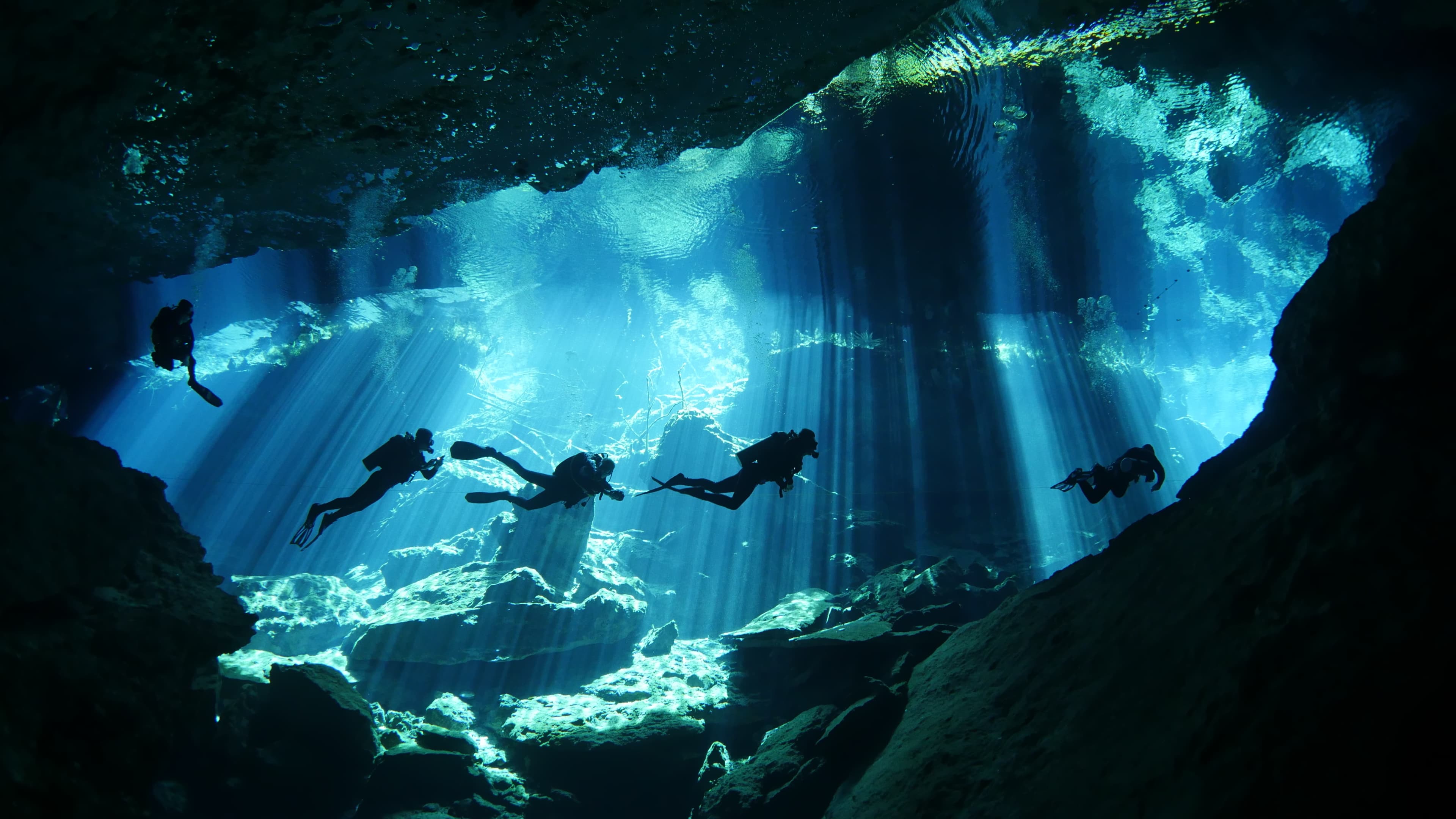Water Sports – An Overview

Swimming
It's impossible to overlook in a general overview of water sports – after all, swimming is the most popular discipline practiced in water. We can swim all year round, recreationally or competitively at various distances and in different styles.
We can also highlight synchronized swimming, which combines three sports disciplines: swimming, gymnastics, and dance. Synchronized swimming is often referred to as water ballet for a reason – the movements are gentle and subtle, giving the impression that athletes aren't exerting much effort in their acrobatics, but nothing could be further from the truth – it's a sport that requires a lot of strength and skill.
Board Water Sports
Board water sports are for those who love intense emotions. They are currently very popular and look extremely spectacular. They require significant skills from the athlete – to master balance on the board and glide effortlessly among the waves, a lot of effort and regular training are needed.
- Surfing – although sliding on a special board lifted by waves may not sound particularly exceptional, watching a surfer conquering ever-higher waves along ocean shores is very impressive.
- Windsurfing – a variation of surfing where we gain additional propulsion from a sail. It's a discipline that requires a lot of strength and skill. In Poland, windsurfing schools are mainly found on the Hel Peninsula.
- Kitesurfing – another surfing variation where the propulsion comes from a kite. Here, we need not only high waves but also strong winds. In Poland, kitesurfing schools are mainly located along the Baltic Sea.
- Wakeboarding – this activity requires the use of a motorboat (or sometimes a special cable system) for propulsion. It's not an easy discipline, requiring strength, coordination, and the ability to control one's body. If such experiences are not enough, more advanced forms of wakeboarding, including acrobatics, can also be pursued.
- Flyboarding – a discipline meant for exceptionally brave and experienced athletes. It requires great physical fitness and can be very dangerous. At first glance, the equipment looks like a snowboard; however, it is equipped with jets that generate a stream of water, allowing one to hover above the surface.
Kitesurfing, wakeboarding, and flyboarding are classified as extreme sports.
Diving
- Snorkeling – an activity using basic ABC equipment (mask, snorkel, fins), allowing you to float at shallow depths or just below the water's surface to observe the underwater world. It doesn’t require special swimming skills, making it accessible to various age groups.
- Scuba Diving – this involves diving with a scuba set, which is specialized equipment that allows breathing underwater.
- Freediving – diving on a single breath. Divers do not use scuba gear but dive with masks, goggles, and special fins. As a sport, freediving involves, among other things, achieving the greatest depths or diving with additional weights.

